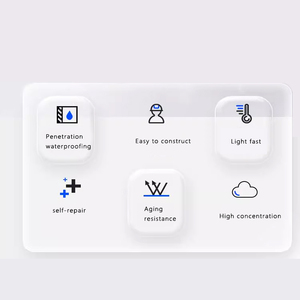Introduction to Pipeline Coating Repair
Pipeline coating repair is crucial in maintaining the integrity of pipelines, ensuring they can withstand environmental and operational stresses. This process involves the application of materials designed to restore the protective coating of pipelines, safeguarding them from corrosion, mechanical damage, and environmental factors. As pipelines are indispensable in various industries such as oil and gas, water supply, and chemical transport, effective coating repair is essential for longevity and reliability.
Types of Pipeline Coating Repair
Various types of pipeline coating repair methods are employed based on the specific needs of the pipeline and the nature of the damage. Understanding these types can help in choosing the most suitable repair strategy.
- Epoxy Coating Repair: A highly prevalent method using epoxy-based materials that form a strong bond and provide excellent corrosion resistance.
- Polyurethane Coating Repair: This repair type is ideal for flexible and chemical-resistant applications, perfect for pipelines subject to thermal expansion.
- Polyethylene Coating Repair: Often used for underground pipelines, this method offers superior resistance to moisture and chemical exposure.
- Repair Sleeves: Manufactured from various materials, these sleeves are placed over damaged areas to provide additional protection and structural support.
Function and Features of Pipeline Coating Repair
The primary function of pipeline coating repair is to restore and enhance the protective layers of pipelines, thus prolonging their lifespan. Several key features make these repairs effective:
- Corrosion Resistance: Quality repair coatings provide a barrier that prevents moisture and corrosive substances from reaching the pipeline material.
- Adhesion: High-performance coatings are designed to bond strongly with the original pipeline material, ensuring long-lasting repairs.
- Flexibility: Many repair coatings can withstand the expansion and contraction of pipelines, reducing the risk of further damage.
- UV Protection: Certain coatings offer ultraviolet radiation resistance, making them suitable for outdoor applications.
Applications of Pipeline Coating Repair
The applications of pipeline coating repair are diverse, addressing various industries and needs. Understanding these applications can help businesses make informed decisions when selecting repair services:
- Oil and Gas: Protects high-pressure pipelines that transport crude oil and natural gas from environmental damage.
- Water Supply: Ensures the longevity of water pipelines, preventing leaks and contamination of drinking water.
- Chemical Transport: Relevant in industries where pipelines carry harmful chemicals that require robust protection against spills and leaks.
- Mining and Mineral Processing: Used in conveying systems to maintain efficiency and safety in transporting mineral slurries.
Advantages of Pipeline Coating Repair
Investing in pipeline coating repair holds numerous advantages for businesses looking to maintain their infrastructure effectively. These benefits include:
- Cost-Effectiveness: Repairing rather than replacing pipelines reduces operational costs significantly over time.
- Improved Safety: Reducing the risk of leaks and environmental hazards enhances workplace safety.
- Enhanced Longevity: Proper repairs can greatly extend the life of pipeline systems, improving overall efficiency.
- Environmental Compliance: Effective coating repairs help businesses adhere to environmental regulations, avoiding fines and reputation damage.














































